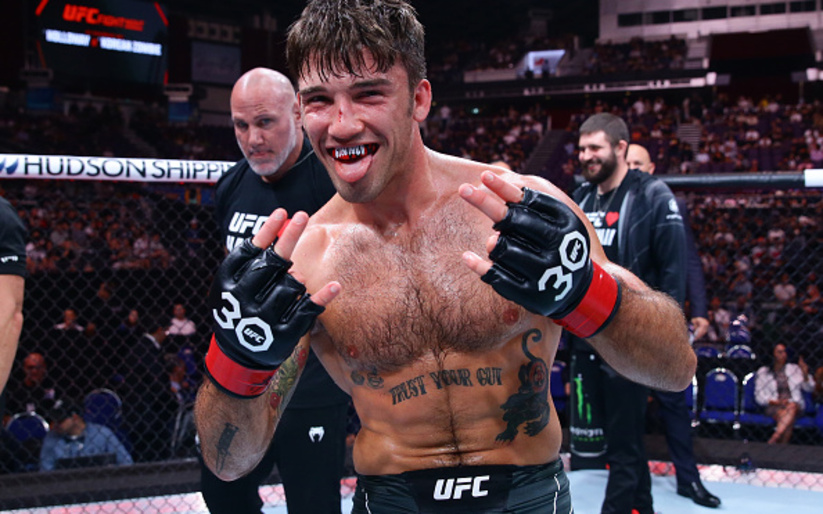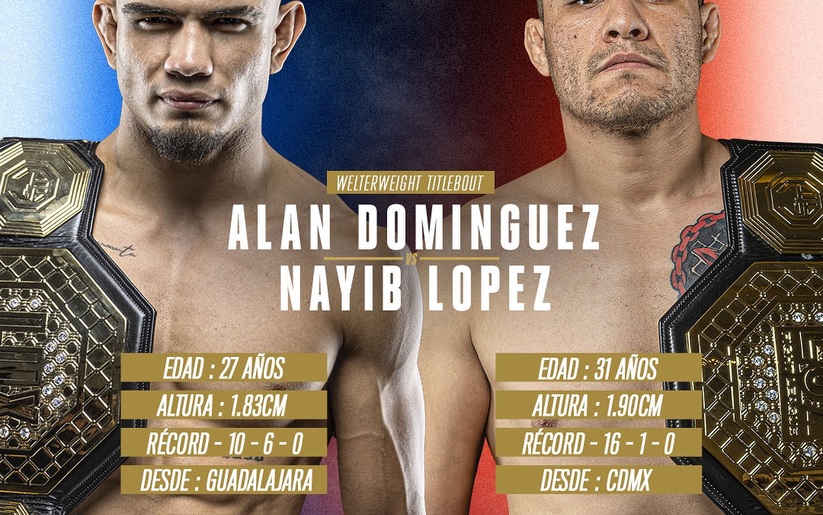The fight went down on September 25, 2010 at UFC 119. It saw a then undefeated and streaking Evan Dunham take on former Lightweight King, Sean Sherk. “The Muscle Shark” was coming off of a loss to future champ Frankie Edgar and was looking to right the ship coming into this fight.
What could possibly be said about the outcome of the fight that hasn’t already been said? Sherk got a gift decision? Dunham got ripped off? No one disputes that Sherk won the first round, and no one disputes that Dunham won the third. The goal of this piece isn’t to argue the outcome of the fight; it’s to attempt to gain an understanding of what transpired in the cage, in hopes that we can see how the judges saw the fight for Sherk and what impact the judges’ call had on their careers.
The first thing that needs to be said about the second round is that the stats don’t back up the decision, but that doesn’t tell the story of the round. According to Fightmetric, Dunham out struck Sherk 42–23. But the stats don’t show that Sherk was in counter punching mode, and it’s very important to point this out. When the fighters were not engaged in a grappling exchange, Sherk was moving backwards (we know that it’s possible to sway the judges in a close fight with aggression and forward movement) and showing traits of a “Passive” Counter Striker. There are two types of counter strikers: the aforementioned Passive Counter Striker, and an Aggressive Counter Striker.
Aggressive Counter Puncher vs Passive Counter Striker
Aggressive Counter Striker:
Likes to test you with lighter strikes.
He waits calmly, sometimes with little movement, sometimes moving laterally (you’re following him yet you feel like he’s waiting on you).
He’s sometimes stalking you to force YOU into making a panic move.
Always targeting specific areas.
He’s does very little, but still feels aggressive.
Passive Counter Striker:
He only throws one or two counters and then tries to move out of striking distance.
Always throwing hard counters (hunting for the knock out)
Will swing at anything that comes too close.
Very panicky, doesn’t seem comfortable or relaxed.
He seems overly defensive even when you’re throwing lighter punches.
Dunham didn’t land his most significant strikes until there was one minute and eight seconds left on the clock. By that time the former champ had landed two take downs and spent a total of one minute and six seconds either on top of Dunham or in a dominant position, which is often overlooked. That being said, Dunham’s light also shone bright. Counter punchers do not like constant pressure, so Dunham used his pressure and mixed his strikes up to keep Sherk moving backwards. Why is this important? Every time the counter puncher moves his feet, he is forced to reset. If the counter puncher is moving his footing and resetting he is less likely to be ready to counter you.
The last minute of the round showed this was CLEARLY Dunham’s round as he got the better of the exchanges, landed numerous punches, landed a solid head kick that was blocked, as well as two vicious knees to Sherk at the end of the round.
Nevertheless, judge Kelvin Caldwell saw the fight 29-28 for Dunham, and both judges Cecil Peoples and Glenn Trowbridge saw the fight 29-28 for Sean Sherk.
Whether the judges got it right is a moot point. The aftermath of the fight saw Dunham lose his next fight via round one TKO to then red hot Melvin Guillard, before rebounding with wins over Shamar Bailey and now featherweight Nik Lentz. For “The Muscle Shark” it would be a different story: that would be the last time we would see him in the Octagon. After rehabbing a litany of injuries, he decided to call it a career in early September 2013, thus finishing his career 36-4, his only losses coming to former UFC Champions: Matt Hughes, Georges St. Pierre, BJ Penn, and Frankie Edgar.
After a closer inspection of the fight, it seems unfair to call this fight one of the worst decisions of all time. The second round was both close and competitive, the judges valued Sherk’s take downs and top control as well as his counter striking in round two over Dunham’s late flurry. With two uncontested rounds and a competitive swing round, this fight does not have hallmark of a truly bad decision.


